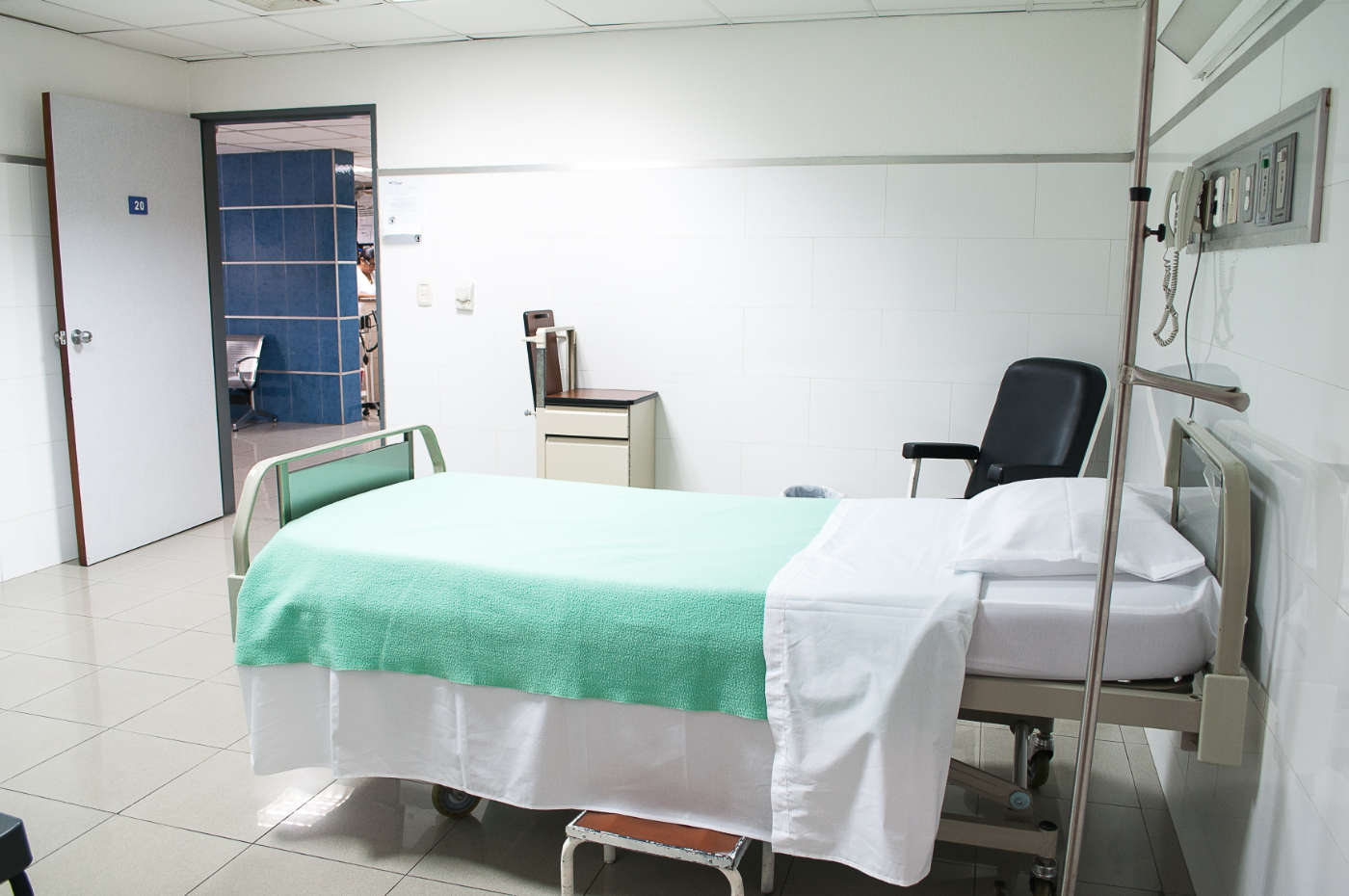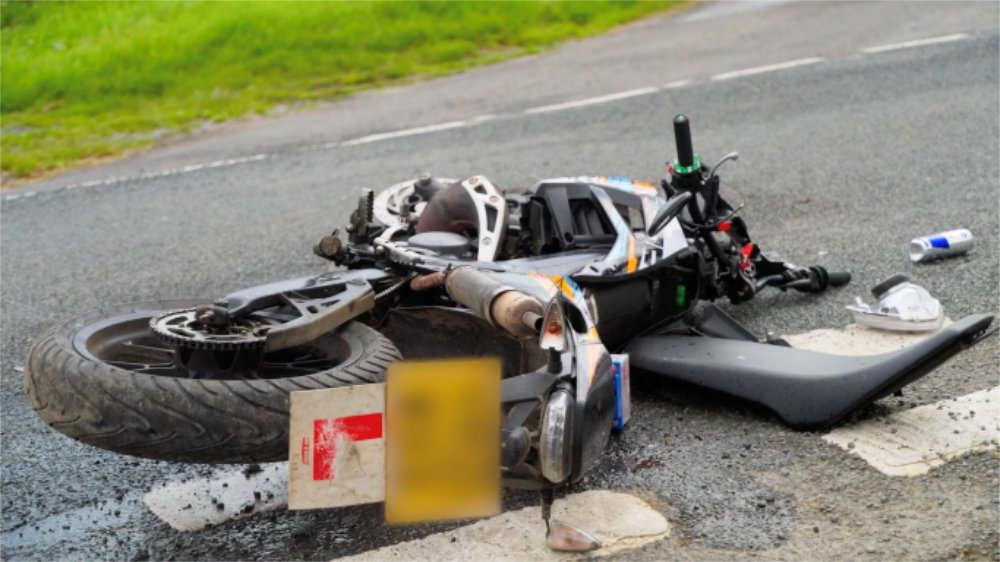Most of the time, we rarely question the competence of healthcare professionals, whether we go to our local doctors or attend the hospital for more urgent or serious care.
This rule applies whether we’re having private care or attending the NHS too, as many of the doctors, surgeons and consultants that we encounter work in both sections according to demand.
However, medical negligence and subsequent claims still occur, with the number of such claims raised against rising by 133% to 12,629 between 2006/07 (when the number was just 12,629) and 2020/21.
But what is medical negligence, and what are the red flags that this has occurred?
What is Medical Negligence?
It’s understood that doctors and healthcare professionals accept a duty of care when they work with patients, and the failure to deliver adequate or responsible care will see this duty breached.
It’s this that underpins hospital medical negligence claims, particularly in instances where the patient can demonstrate substandard care and draw a direct link between this and their subsequent injuries or well-being.
Of course, this makes processing a successful claim incredibly difficult, which is why so many hire skilled medical negligence solicitors to manage their claims on their behalf (especially in an age of no-win, no-fee representation).
The Hospital Negligence Red Flags
The question that remains, of course, is what instances or mistakes represent the clear red flags of negligence and inadequate care? Here are some examples to keep in mind:
#1. Surgical Errors: Perhaps the rarest but most obvious instance, this occurs through errors made during surgery and may include issues with administering an anaesthetic, carrying out unnecessary surgeries, and, even operating on the wrong body part. Damage to organs or the body made as a result of a surgical error may also qualify you to make a claim should the damage caused severely compromise your daily lifestyle and ability to work.
#2. Misdiagnosis: In the case of misdiagnosis, healthcare practitioners are unable to provide suitable treatment or administer the right drugs to reverse symptoms. This can, in some cases, worsen the patient’s symptoms, while creating new health issues that are even worse and require more treatment. This is slightly more common than surgical errors, but it can be harder to prove liability and demonstrate the causation of injury in this instance.
#3. Pregnancy and Birth: Unfortunately, pregnancy and birth can also be a source of hospital negligence claims when things go wrong. This can include the failure to provide proper checks via midwife appointments, alongside the inability to identify foetal anomalies or treat birth injuries adequately. Once again, such cases are easy to prove and often have devastating physical and mental health consequences, while they usually underpin large-scale claims against regional NHS trusts.







